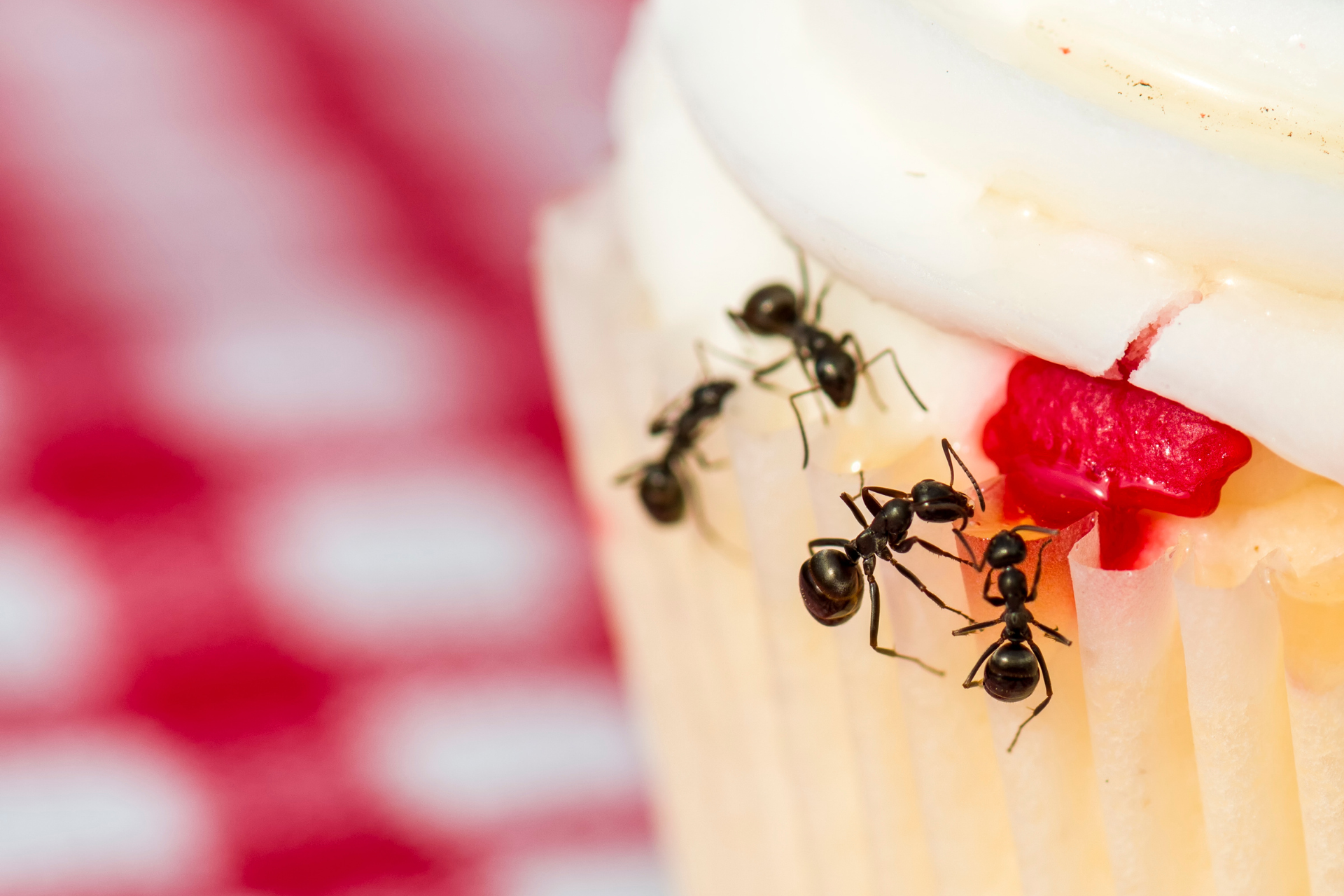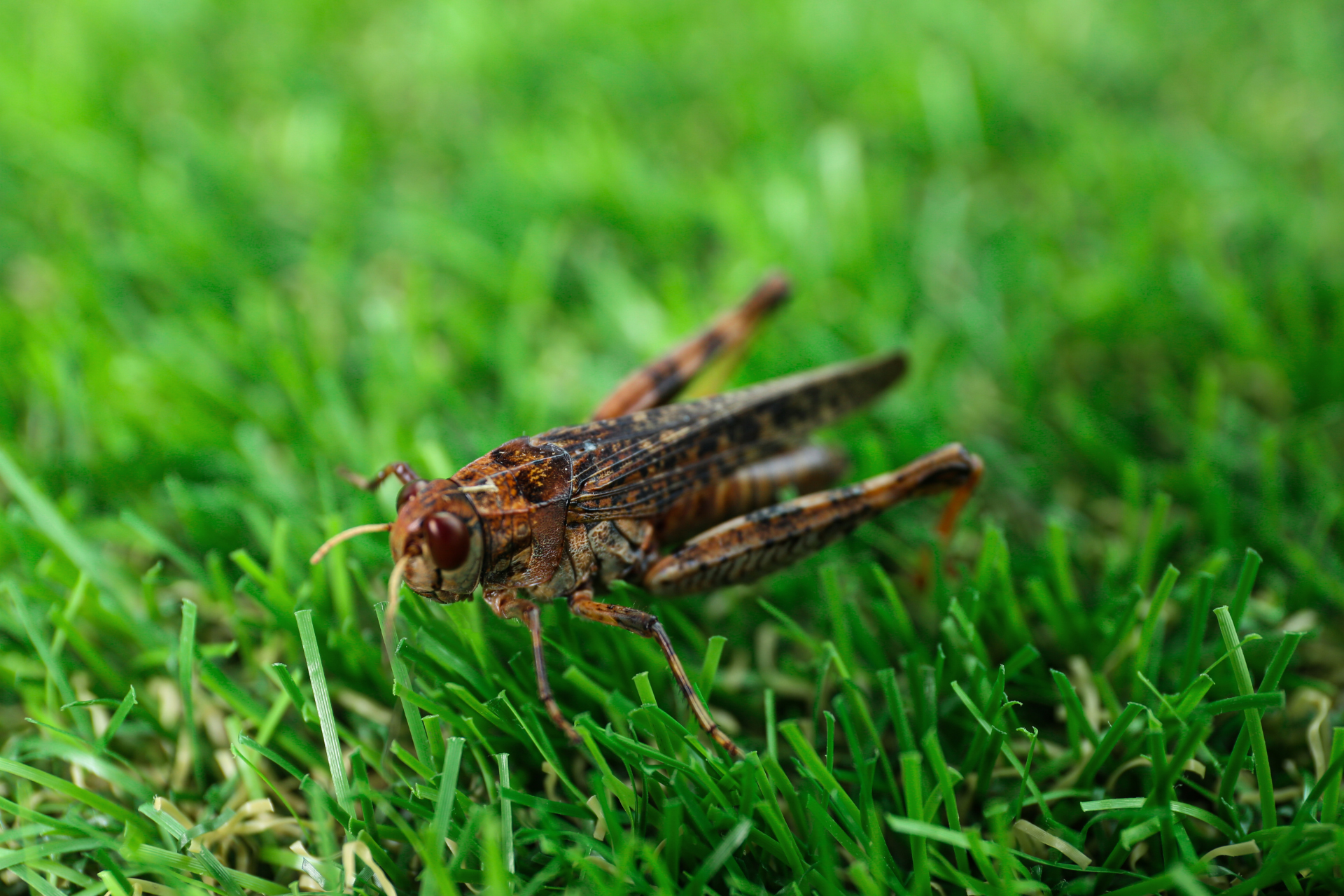Electrical Nightmare: How Rodents Put Your Home at Risk
It’s easy to overlook what we can’t see. Behind the drywall, beneath floorboards, and above ceiling tiles, miles of electrical wiring power homes and buildings with little thought from the people inside. But for rodents—especially mice—those wires are more than just functional. They’re chew toys. And what starts as a tiny nibble can quickly turn into something far more destructive.
Mice have sharp, ever-growing teeth that need constant grinding, and wires just happen to be the perfect size and texture for them to gnaw on. It doesn’t matter if they’re hidden deep in the attic or tucked behind the refrigerator—if a rodent can find it, it can chew it. What’s most alarming is how subtle the damage can be at first. Maybe it’s a flickering light, or a breaker that trips more often than it used to. Often, the real issue isn’t discovered until something far worse happens: a blown circuit, a costly repair, or worse—a fire.
It’s not just about the physical damage either. Once one mouse finds a comfortable nesting area near a heat-producing panel or inside an unused wall cavity, others tend to follow. Electrical systems, especially in older buildings, are not designed to coexist with rodent activity. Over time, this kind of interference can wear down not just wires, but entire systems, leading to overheating, energy loss, or complete failure. And while a mouse might weigh less than an ounce, the damage it leaves behind can easily add up to thousands.
How Rodents Target Vehicles Too
Modern cars come with more electronic components than ever, and many of them rely on precise and delicate wiring. That wiring, unfortunately, is sometimes made with soy-based insulation, which rodents seem to love. When mice get under the hood, they don’t just chew through the protective sheathing. They can gnaw right through vital connections, affecting everything from headlights to fuel sensors.
The worst part? You might not even notice the damage until you’re stranded. Electrical malfunctions can pop up suddenly, causing warning lights to flash or systems to fail altogether. Even when the issue gets diagnosed, the repair is rarely simple. Tracing the chewed sections often means dismantling panels or replacing harnesses—not to mention the labor hours involved.
And this isn’t just limited to cars that are rarely used. Even well-maintained vehicles can be affected, especially if they’re parked in rural areas, near fields, or inside older garages. If a rodent problem is brewing nearby, your car could be next on the menu.
The Ripple Effects Of Electrical Damage
A frayed wire might sound minor, but in the wrong place, it can act like a match to dry kindling. Electrical fires are often sudden and devastating, and rodents are among the most common—and preventable—causes behind them. A single exposed wire can short-circuit and throw sparks into insulation or wood framing, leading to fires that ignite silently behind the walls.
Aside from the fire risk, damaged electrical systems create a ripple effect that touches everything. Appliances might burn out faster. Lights might dim or flicker more than usual. HVAC systems can start to behave unpredictably, either overworking or shutting down entirely. These issues gradually wear down household infrastructure, even if the source of the problem isn’t immediately obvious.
What makes things more complicated is how well mice stay hidden. Unlike a burst pipe or a broken window, the damage they cause isn’t visible at a glance. They build nests in places no one thinks to look—behind drywall, under floorboards, in attic insulation, or inside fuse boxes. By the time their presence is confirmed, they’ve usually been there long enough to cause real harm.
And let’s not forget how insurance can muddy the waters. Not every policy covers rodent damage. So even if your electrical system needs extensive repairs due to chewed wiring, you could be stuck footing the bill. In some cases, even vehicles damaged by mice may not be covered depending on the plan. It’s one of those frustrating gray areas that can catch homeowners and car owners completely off guard.
Prevention Is Worth More Than Cleanup
It’s tempting to treat a mouse problem like a small nuisance, especially if it seems like it hasn’t caused much harm yet. But with something as critical as an electrical system, there’s really no such thing as minor damage. Every chewed wire is a liability—something waiting to go wrong at the worst possible time.
Professional intervention isn’t just about catching a mouse or two. It’s about identifying how they’re getting in, what they’re targeting, and how to keep them out permanently. That means sealing off access points, removing nesting materials, and taking a hard look at areas people usually ignore. Attics, crawl spaces, utility rooms, and garages are all common entry points, and each one needs to be dealt with carefully and thoroughly.
And while it might seem like overkill to call someone in before a bigger problem shows up, it’s often far less expensive than waiting until a serious electrical repair—or fire—forces your hand. Regular inspections, particularly during seasonal shifts when mice are looking for shelter, can go a long way toward keeping both homes and vehicles protected.
At 101 Gopher And Pest Control, we know how deceptive rodent damage can be. What seems like a small sign of chewing might be the beginning of a much larger issue, especially when electrical systems are involved. That’s why we take a comprehensive approach—not just removing pests, but addressing the root causes and preventing future problems.
If you’ve noticed unusual electrical issues, strange smells, or even just signs of mice around your home or car, don’t wait for the damage to get worse. Contact us today, and let’s get ahead of it before it becomes something far more costly.










